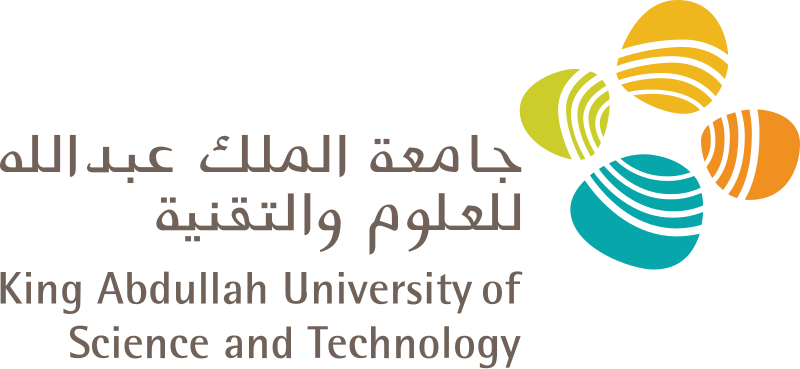
Applying to KAUST - Your Complete Guide for Masters & Ph.D. Programs (Upcoming Admissions)
Admissions Overview & Key Requirements

Researchers at UQ’s Frazer Institute used stem cells to create fully functioning human skin, complete with blood vessels, capillaries, hair follicles, nerves, layers of tissue, and immune cells. The achievement marks the first time a lab-grown skin model has included its own blood supply.
“This is the most life-like skin model developed anywhere in the world,” said Dr Abbas Shafiee, a tissue engineering and regenerative medicine scientist at the Frazer Institute. “It will allow us to study diseases more closely, test treatments, and develop new therapies far more effectively than before.”
The six-year project involved taking human skin cells, reprogramming them into stem cells, and then growing them into three-dimensional skin organoids in petri dishes. The team also added tiny blood vessels to the growing tissue, resulting in skin that closely mimics real human skin, including pigmentation, appendages, and nerves.
Professor Kiarash Khosrotehrani, director of the Frazer Institute, said the breakthrough could transform treatment for skin grafts, wound healing, and inflammatory skin disorders such as psoriasis, atopic dermatitis, scleroderma, and rare genetic diseases like epidermolysis bullosa.
“Skin grafts are often necessary for major burns and wounds, but their effectiveness can be limited, and the risk of infection is high,” Professor Khosrotehrani said. “Our engineered skin could one day provide grafts with sensation, hair, sweat glands, and a functioning blood supply.”
The research has significant implications for rare skin disorders. Epidermolysis bullosa, a condition affecting fewer than 1,500 Australians, causes extremely fragile skin that blisters easily. Experts say the new skin organoid model could serve as a valuable tool for testing treatments safely, without putting patients at risk.
While the researchers are cautious about immediate clinical applications, they emphasize the model’s potential as a research tool for developing new drugs and treatments.
“This is a really exciting step forward, but there’s still a way to go before these lab-grown skin grafts can be applied to patients,” said Professor Allison Cowin, a regenerative medicine expert at the University of South Australia. “Nonetheless, having a model that replicates the complexity of real human skin is a huge leap forward.”
The project, funded by Metro North Health, was conducted at the Translational Research Institute and is published in Wiley Advanced Healthcare Materials.
Queensland, which has the highest rate of skin cancer in the world, sees over 3,600 melanoma cases and 350,000 non-melanoma skin cancers treated annually, highlighting the urgent need for advancements in skin therapies.
Source: University of Queensland
Share

Applying to KAUST - Your Complete Guide for Masters & Ph.D. Programs (Upcoming Admissions)
Admissions Overview & Key Requirements

Erasmus Mundus Joint Master's 2026 (Upcoming Admissions)
Erasmus Mundus programs are scholarships available to students worldwide, offering fully-funded Master’s degrees to study in Europe!

Registration Opens for SAF 2025: International STEAM Azerbaijan Festival Welcomes Global Youth
The International STEAM Azerbaijan Festival (SAF) has officially opened registration for its 2025 edition!

KAIST International Graduate Admissions Spring 2026 in Korea (Fully Funded)
Applications are open for KAIST International Admissions for Master’s, Master’s-PhD Integrated, Ph.D., and Finance MBA

Young Leaders Union Conference 2025 in Paris (Fully Funded)
Join Global Changemakers in Paris! Fully Funded International Conference for Students, Professionals, and Social Leaders from All Nationalities and Fields

An mRNA cancer vaccine may offer long-term protection
A small clinical trial suggests the treatment could help keep pancreatic cancer from returning